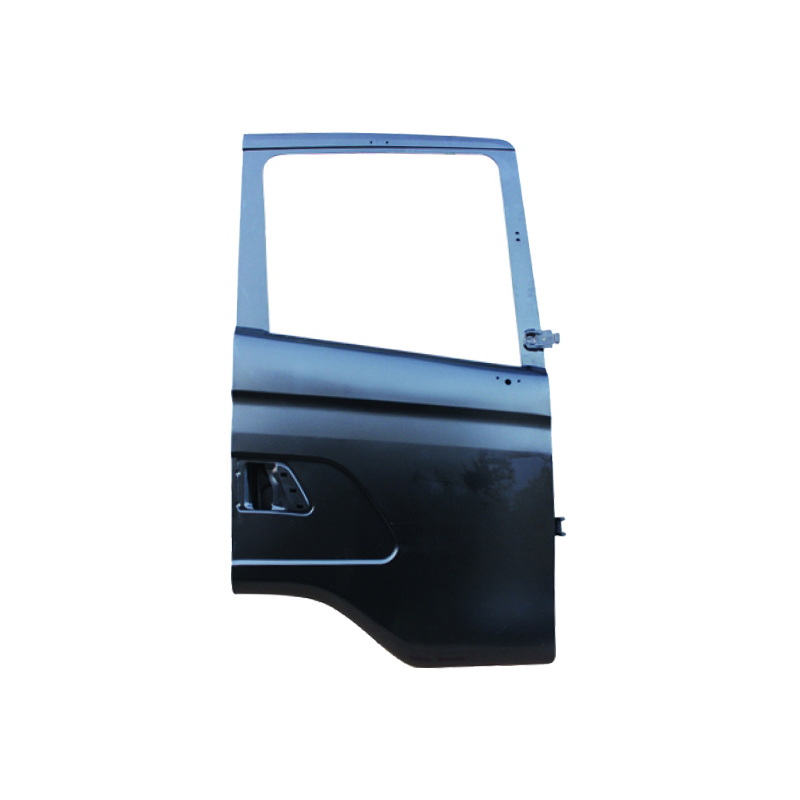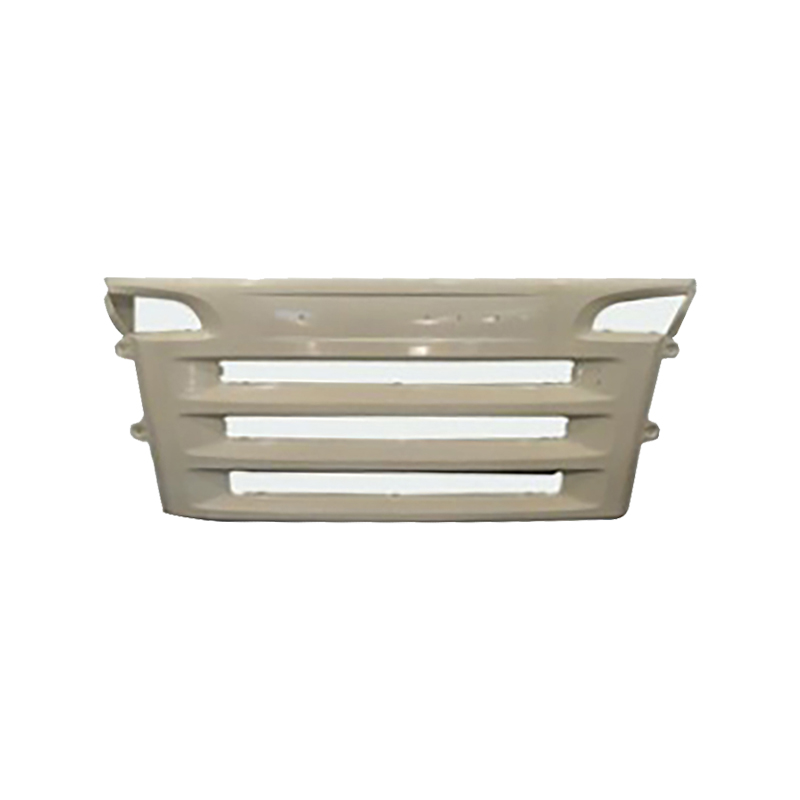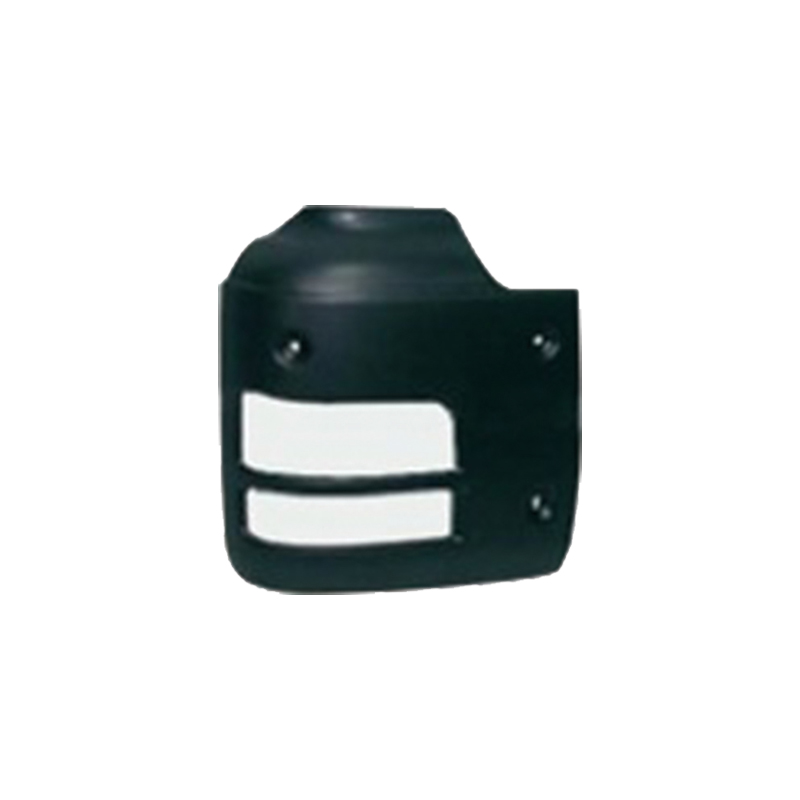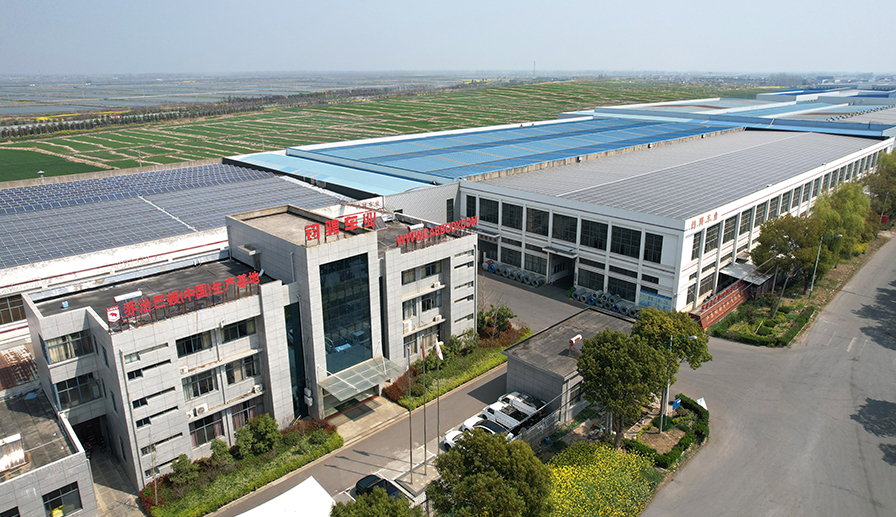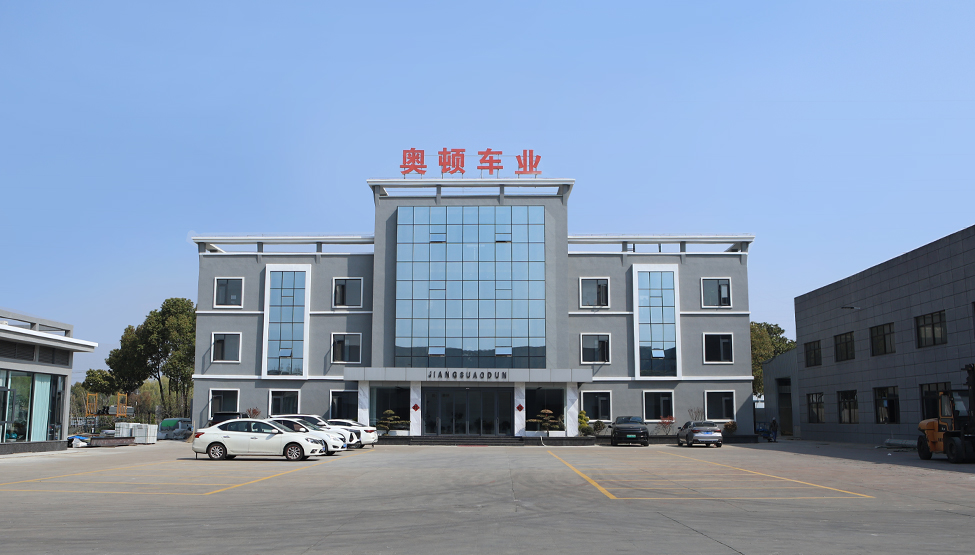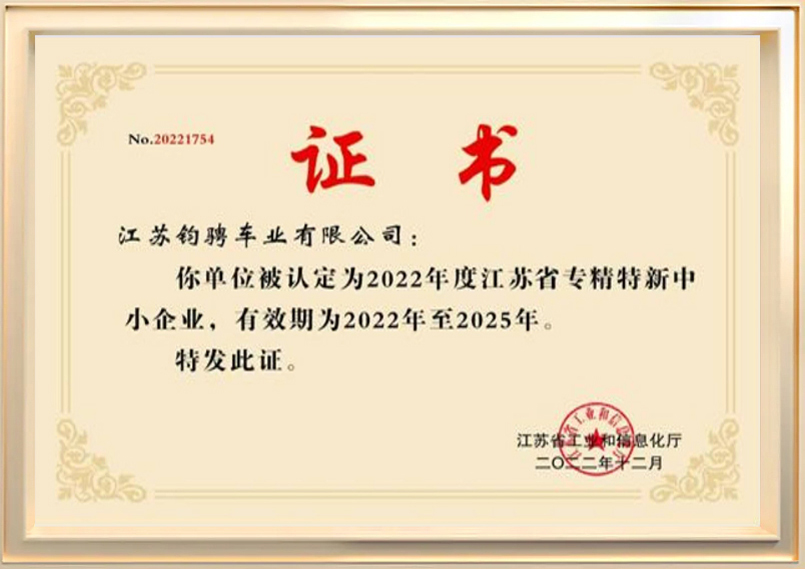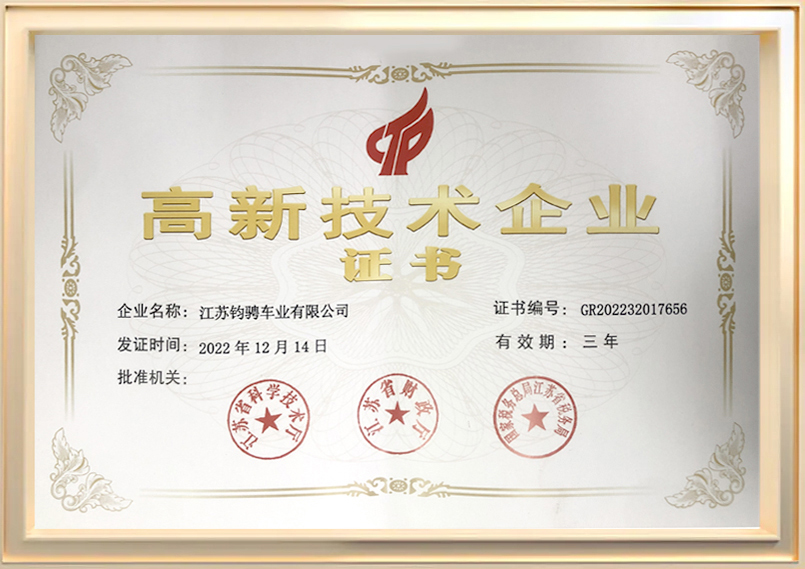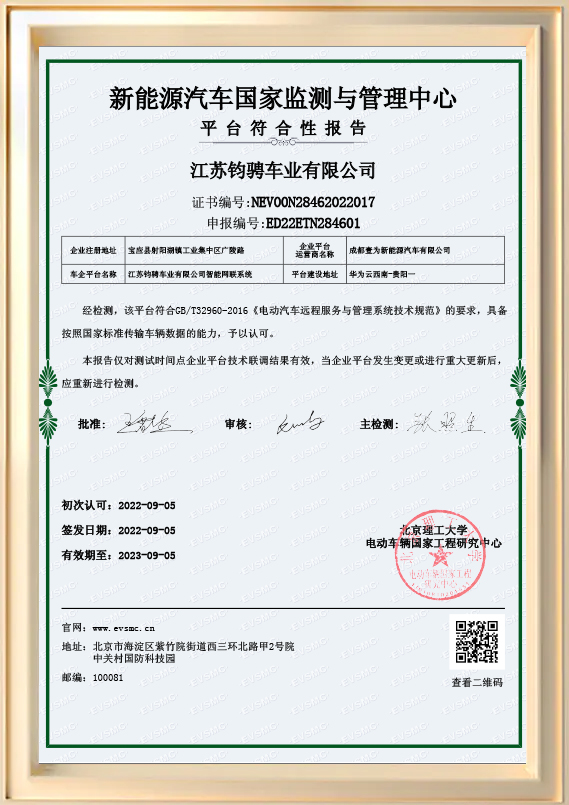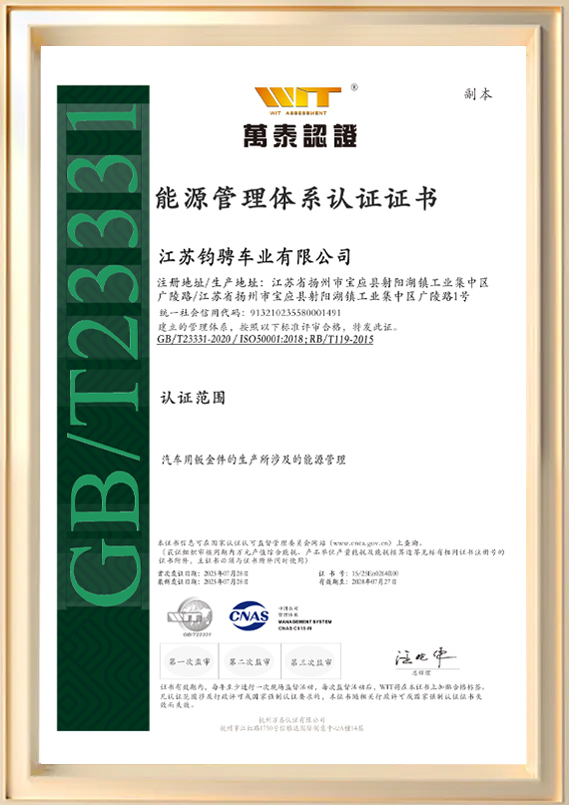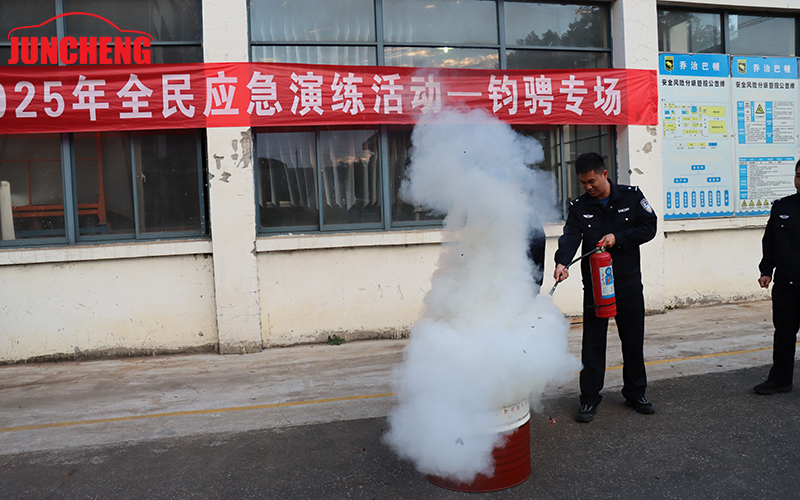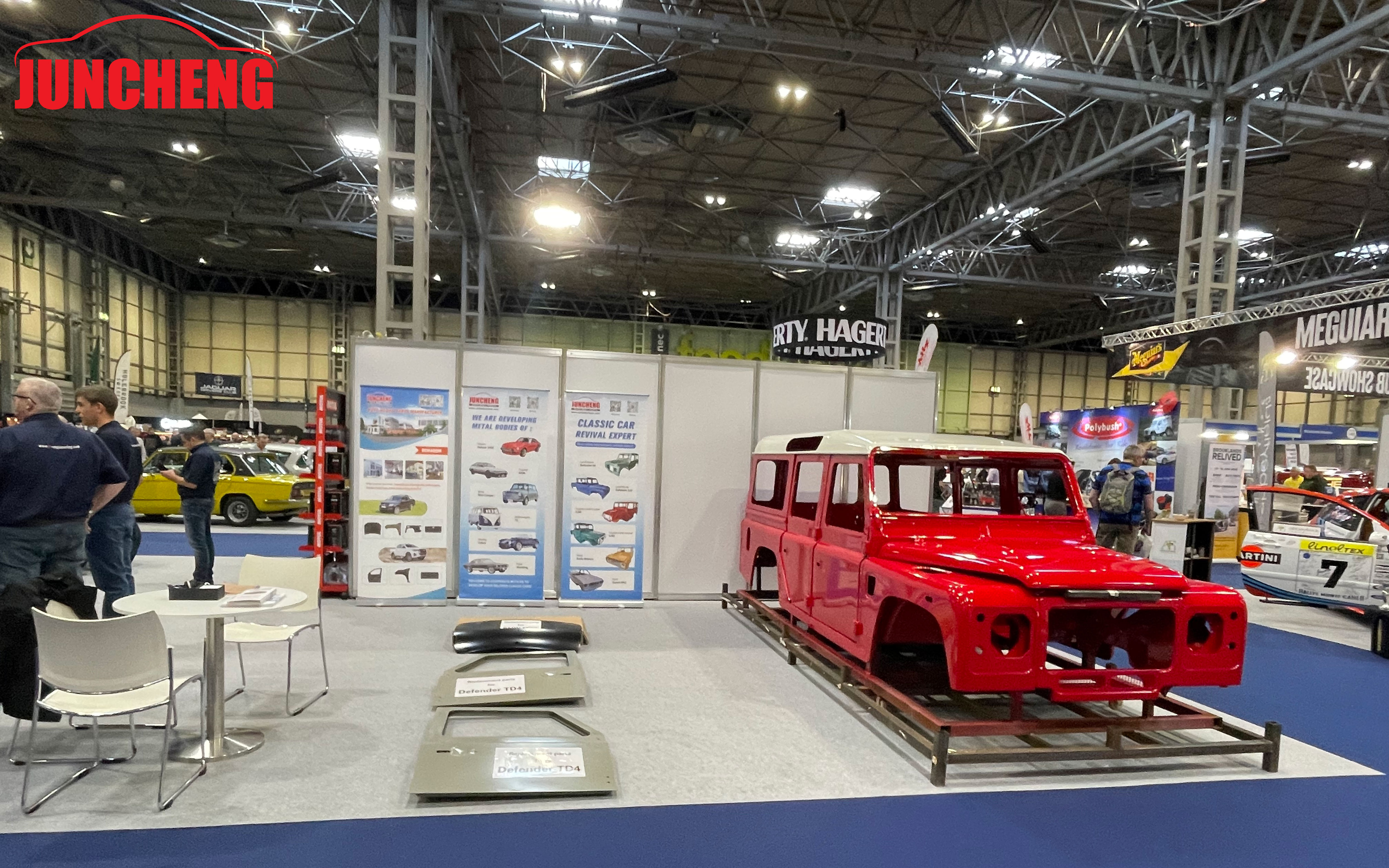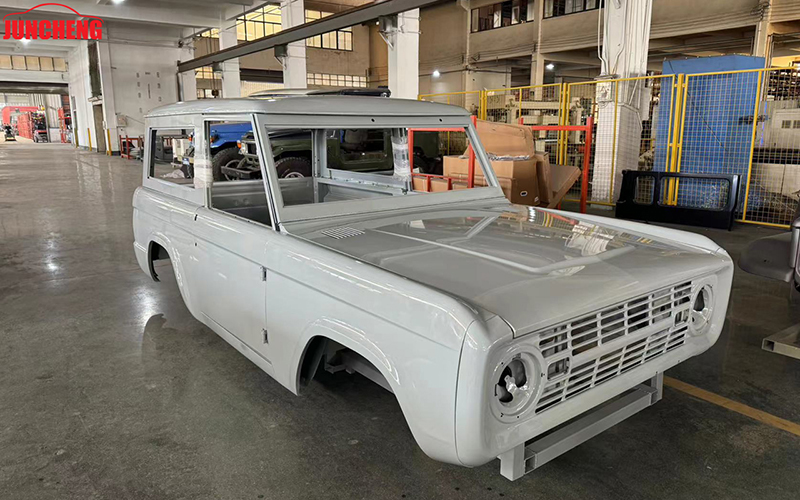What lightweight materials does Scania Parts use in its truck and commercial vehicle body components to achieve weight reduction?
Scania Parts is committed to achieving vehicle weight reduction in its truck and commercial vehicle body components through the use of lightweight materials. Weight reduction not only helps improve fuel efficiency but also enhances the vehicle's load-bearing capacity and overall performance.
Aluminum Alloy: Scania Parts extensively uses aluminum alloys in its body structure. This material is widely adopted due to its excellent strength and corrosion resistance. Aluminum alloys are much lighter than steel while possessing good impact resistance, which is especially important for commercial vehicles, particularly under long-term and high-load operating conditions. Using aluminum alloy frames and sidewalls can significantly reduce vehicle weight, reduce fuel consumption, and ensure body safety.
Magnesium Alloy: Magnesium alloys are considered the lightest of all metals. Although they are more expensive, Scania Parts is gradually adopting magnesium alloys in some body components (such as doors or interior parts) for applications requiring extreme weight reduction. Magnesium alloys offer advantages such as high strength, enabling them to withstand heavy loads while reducing overall vehicle weight and further improving fuel economy.
Carbon Fiber Composites: While carbon fiber is primarily used in high-end sports cars and racing vehicles, with technological advancements, Scania Parts is also considering its application in lightweight design for commercial vehicles, particularly in body shells and high-strength structural components. Carbon fiber composites possess extremely high strength and rigidity, maintaining strength while being very lightweight. Although more expensive, the application of carbon fiber in commercial vehicles is becoming increasingly possible as production processes mature, especially in models pursuing higher performance.
Combination of Composite Materials with Other Lightweight Alloys: Scania Parts further optimizes body design through the use of hybrid materials (such as aluminum and carbon fiber composites). This combination not only reduces weight but also increases component durability and corrosion resistance.
How does Scania Parts ensure high precision and consistency of its parts through precision manufacturing processes?
To ensure the high precision and consistency of Scania Parts' parts, Scania employs a variety of advanced manufacturing processes. These processes not only improve production efficiency but also ensure the reliability and stability of parts during long-term use. Here are some key manufacturing processes:
Casting Processes: Scania Parts uses precision casting processes to produce parts with complex shapes, especially in engines, transmissions, and some critical body support structures. Casting processes allow for precise control of metal flow, ensuring that the shape and dimensions of parts meet stringent standards. Common casting materials include aluminum alloys and ferrous alloys, which provide the required strength and durability.
Welding Processes: Scania Parts extensively uses high-precision welding technologies, including laser welding, spot welding, and arc welding, in the production of body and structural components. Welding effectively connects sheet metal and frames, ensuring the strength and stability of the joints. For its high-strength body frame, Scania employs automated welding technology to ensure consistent weld strength, guaranteeing vehicle safety and durability.
Stamping Process: Scania Parts extensively utilizes stamping processes in its mass production, particularly for large-area metal components such as body shells, doors, and sidewalls. Stamping quickly and efficiently shapes sheet metal into predetermined forms, ensuring dimensional accuracy and the required structural strength. Stamping production lines are typically automated to ensure consistency and precision for each component.
Injection Molding Process: For some non-metallic components (such as interior trim, dashboard housings, and other plastic parts), Scania Parts uses injection molding. Injection molding allows for precise control of plastic material flow, ensuring high-quality appearance and smoothness while enabling rapid production of large quantities of parts. It also offers high precision and repeatability, ensuring consistent dimensions and shape for each component.
These high-precision manufacturing processes enable Scania Parts to produce components that meet stringent quality standards and maintain consistent performance and reliability across a variety of complex applications.
How does Scania Parts ensure the use of sustainably sourced materials and reduce its environmental impact during the production of its components?
Scania Parts actively adopts sustainable sourcing and production methods in its component manufacturing process to ensure its products meet global environmental protection requirements and promote green production.
Sustainable Sourcing and Material Selection: Scania Parts collaborates with its global suppliers to ensure that the materials it sources comply with sustainable development principles. For example, aluminum, steel, and other metals can be recycled and reused. Similar to Jiangsu Juncheng Vehicle Industry Co., Ltd., Scania Parts also places great emphasis on supply chain transparency and material sourcing during the production process, ensuring the selection of environmentally certified suppliers and raw materials. Jiangsu Juncheng Vehicle Industry Co., Ltd. ensures that its sheet metal parts efficiently utilize recycled materials through precise material tracking, reducing waste generation and improving production efficiency. This experience has also been adopted by Scania Parts in its component manufacturing process.
Introduction of Green Manufacturing Technologies: Scania Parts incorporates low-energy and low-emission production technologies in its manufacturing process, drawing on the advanced equipment and technologies used by Jiangsu Juncheng Vehicle Industry Co., Ltd. For example, Jiangsu Juncheng Vehicle Industry Co., Ltd. employs highly efficient automated production lines in sheet metal production, reducing manual labor while improving process precision and energy efficiency. Scania Parts also utilizes similar automated production equipment (such as precision stamping, laser cutting, and automated welding) to reduce energy consumption and emissions during production.
Utilization of Recyclable Materials: Many components in Scania Parts' production utilize a high proportion of recyclable materials, such as aluminum and steel. Through collaboration with suppliers, Scania ensures that materials for its body, engine, and other critical components can be recycled and reused at the end of their service life, reducing its environmental burden. Similar to Jiangsu Juncheng Vehicle Industry Co., Ltd., Scania implements strict management of raw material procurement and utilization to ensure maximum reuse of every material.
Environmental Certification and Compliance: Scania has obtained ISO 14001 and other environmental management certifications, ensuring all production facilities meet international environmental standards. Jiangsu Juncheng Vehicle Industry Co., Ltd.'s experience in this regard is also highly valuable. As a company specializing in automotive metal parts production, Jiangsu Juncheng Vehicle Industry Co., Ltd. has implemented strict control measures in quality and environmental protection to ensure parts production meets green manufacturing requirements. Scania Parts similarly ensures compliance with environmental regulations at every stage of the production process through a sophisticated quality management system and environmental compliance measures.
Customized Production and Resource Optimization: Similar to Jiangsu Juncheng Vehicle Industry Co., Ltd.'s customized sheet metal parts production, Scania Parts optimizes material use and reduces waste through flexible customized design. Scania employs small-batch, customized production methods, precisely manufacturing each component according to specific needs, thus avoiding excess materials or unnecessary resource waste that can occur with large-scale production. This flexible production model not only improves production efficiency but also further reduces environmental impact.
Cross-Industry Collaboration and Innovation: Scania collaborates with other companies and research institutions in the industry to explore new environmentally friendly materials and manufacturing processes. Drawing inspiration from Jiangsu Juncheng Vehicle Industry Co., Ltd.'s collaborations with academia, Scania also collaborates with research institutions to develop more innovative materials and processes that meet environmental requirements. For example, Scania Parts may be developing biodegradable or more easily recyclable composite materials to meet future vehicle production and environmental requirements.

 English
English Español
Español عربى
عربى русский
русский 中文简体
中文简体

